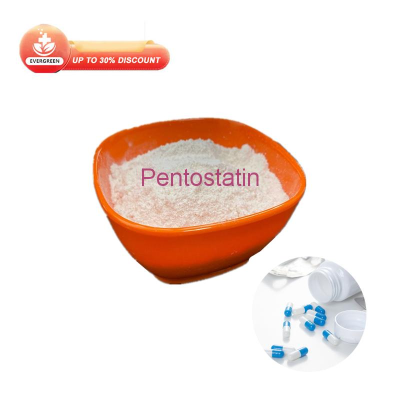-
Categories
-
Pharmaceutical Intermediates
-
Active Pharmaceutical Ingredients
-
Food Additives
- Industrial Coatings
- Agrochemicals
- Dyes and Pigments
- Surfactant
- Flavors and Fragrances
- Chemical Reagents
- Catalyst and Auxiliary
- Natural Products
- Inorganic Chemistry
-
Organic Chemistry
-
Biochemical Engineering
- Analytical Chemistry
- Cosmetic Ingredient
-
Pharmaceutical Intermediates
Promotion
ECHEMI Mall
Wholesale
Weekly Price
Exhibition
News
-
Trade Service
Cisplatin chemotherapy is the medical standard for patients with advanced urethra skin cancer.
up to 50 percent of these patients are medically ineligibility for cisplatin therapy due to low performance, renal insexia, or other combinations.
immune checkpoint blocking is the first-line treatment option for non-platinum patients or carptin patients with tumors that do not express PD-L1.
not suitable for cisplatin therapy and immunosuperance blocks patients with poor progress, treatment options are limited, and efforts are being made to expand the therapeutic arsenal for the disease.
Enfortumab vedotin (EV) is an antibody-drug condession therapy that has good efficacy in localized late-stage or metastatic urethroid cancer.
it consists of antibodies against Nectin-4, a highly expressed protein on the surface of most urethra skin cancers.
the antibody is coupled with the anti-micro-tube agent mononucleotide e.
once an antibody binds to a cell that expresses Nectin-4, it is internalized, releasing a chemotherapy agent that eventually causes cell death, as shown below.
EV was observed to have good anti-tumor activity in single-arm tests.
Phase III EV-301 study aims to further validate its clinical efficacy.
EV-301 is a global, open-label Phase III clinical study designed to assess the efficacy and safety of EV-compared chemotherapy for localized late stage or metastatic urethroid skin cancer with advances in platinum-containing chemotherapy and PD-1/PD-L1 inhibitors.
patients in the group were randomly assigned to receive EVs (1.25 mg/kg, 1st, 8th, 15th days) or chemotherapy options selected by the researchers (docetaxel, yew alcohol, changchun fluine).
primary endpoint is total lifetime (OS), and secondary endpoints include progress-free lifetime (PFS), objective mitigation rate (ORR), disease control rate (DCR), safety, and tolerance assessed by the researchers.
planned to conduct two analyses, an interim analysis of 285 deaths in an estimated 600 patients, and a final analysis of 439 deaths.
608 cases of local late-stage or metastatic urethra skin cancer were randomly assigned to receive EV (n-301) or chemotherapy (n-307).
, Dr. Powles presented the results of the planned interim analysis.
baseline characteristics of patients between the chemotherapy and EV groups were balanced.
the average age of both was 68, the patients were mostly male, and Bellmunt had a risk score of 0-1.
about 30 percent of patients in each group had liver metastasis, and about 20 percent of patients in each group responded to previous immunosuppression.
in the EV group, 134 patients died and 167 in the chemotherapy arm.
EV treatment was 5.0 months, while chemotherapy was 3.5 months.
follow-up time was 11.1 months.
most patients were discontinued due to a sexually transmitted disease, and about 15 percent of the patients in each group experienced adverse events that led to the discontinuation of treatment.
, EV therapy was associated with significant statistical improvement in overall survival compared to chemotherapy.
total survival of the EV group was 12.88 months, compared with 8.97 months in the chemotherapy group, so the risk of death for EV treatment was 0.70 (95% CI 0.56 - 0.89, p - 0.00142).
subgroup analysis generally found that EVs were superior to chemotherapy.
EV with a 1.8-month progress-free lifetime (PFS) brings statistically significant benefits (HR 0.62, p.lt;0.0001).
41% of patients had overall remission for EV treatment, of which 5% were fully relieved, while only 17.9% of patients receiving chemotherapy had overall remission.
adverse reactions, the rates of adverse events related to treatment in the EV group and chemotherapy group were 93.9% and 91.8%, respectively, and the adverse events associated with severe treatment were 22.6% and 23.4%, respectively.
two groups≥ the rate of adverse events associated with level 3 therapy was 50%.
(13.4%) and white blood cell count (6.9%) were more common in the chemotherapy group, while papules (7%) were more common in the EV group.
study showed that EV was the first targeted drug to show OS benefits in patients treated for localized late-stage or metastatic urethra skin cancer compared to standard chemotherapy.
EV-based better clinical activity and acceptable safety, the researchers believe EV can be used as a standard treatment for such patients.







